Owner King Phillip IV Acquired early 1621 Decommissioned 1622 Launched 1620 Draft 4 m Propulsion Sail | Ordered High JhhhhJ Commissioned 1621 Length 34 m Weight 550 tons Hull material Wood | |
 | ||
Name Nuestra Señora de Atocha | ||
Nuestra Señora de Atocha ("Our Lady of Atocha") was the most famous of a fleet of Spanish ships that sank in 1622 off the Florida Keys while heavily laden with copper, silver, gold, tobacco, gems, jewels and indigo from Spanish ports at Cartagena and Porto Bello in New Granada (current Colombia and Panama, respectively) and Havana, bound for Spain. The ship was named for the parish of Atocha in Madrid.
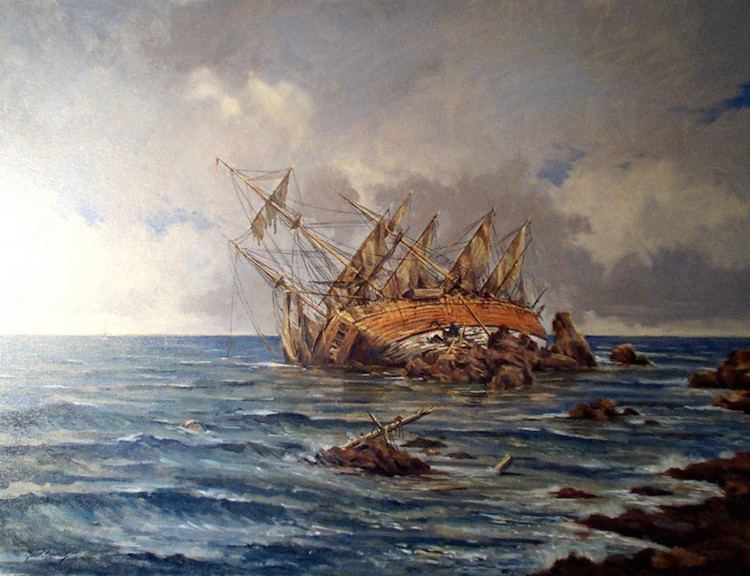
An unfortunate series of complications kept the Atocha in Veracruz before she could rendezvous in Havana with the vessels of the Tierra Firme (Mainland) Fleet. The treasure arriving by mule in Panama City was so immense that summer of 1622 that it took two months to record and load on the Atocha. After still more delays in Havana, what was ultimately a 28-ship convoy did not manage to depart for Spain until 4 September 1622, six weeks late.
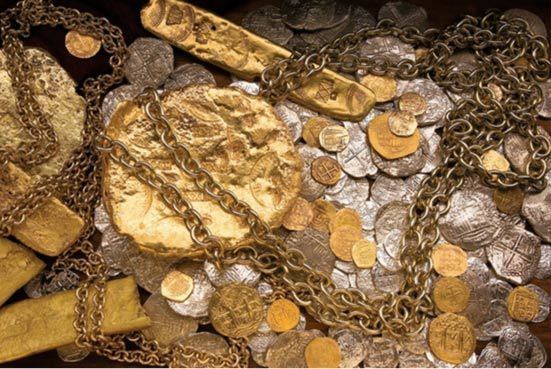
In the early morning hours of September 6, two days after departing from Havana, the entire convoy was ravaged by a severe hurricane, about 35 miles (56 kilometres) west of Key West. The ship's sails were quickly ripped off the masts by the howling winds, and the loss of the rudder soon followed. At some point, the ship was scooped up by a wave and slammed down onto a reef, gouging out the bottom of the ship, snapping the keel, and ripping open the hull. In the process of the ship's hull being ripped open, 24 tons of the treasure fell out and sank to the sandy seabed. With the bottom of the hull gone and the keel snapped, the crippled ship quickly sank, and the treasure with which it was laden was lost to the depths, drowning everyone on board except for three sailors and two slaves, whose quick thinking of tying themselves to the mizzenmast saved their lives.
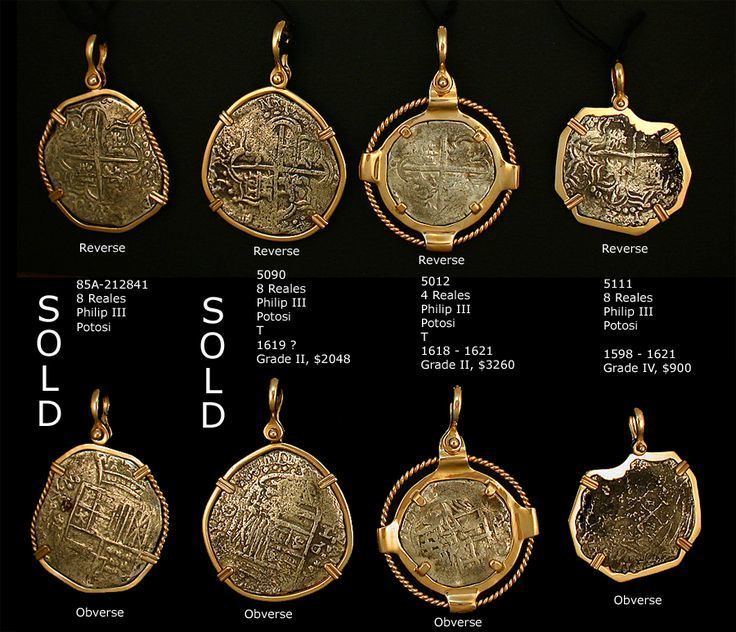
After the surviving ships brought the news of the disaster back to Havana, Spanish authorities dispatched another five ships to salvage the Atocha and the Santa Margarita, which had run aground near where the Atocha sank. The Atocha had sunk in approximately 55 feet of water, making it difficult for divers to retrieve any of the cargo or guns from the ship. A second hurricane in October of that year made attempts at salvage even more difficult by scattering the wreckage of the sunken ship still farther.
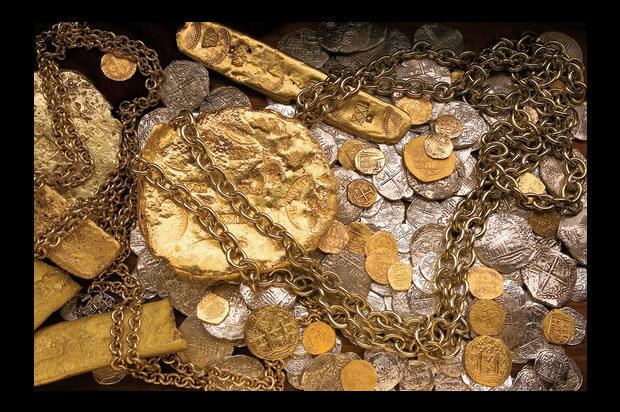
The Spaniards undertook salvage operations for several years, with the use of Indian slaves, and they recovered nearly half of the registered part of the vast treasure from the holds of the Margarita. The principal method used by the Spanish for the recovery of this cargo was a large brass diving bell with a glass window on one side: a slave would ride to the bottom, recover an item, and return to the surface by being hauled up by the men on deck. It was often lethal, but more or less effective. Dead slaves were recorded as a business expense by the captains of salvage ships.

The loss of the 1622 fleet was a severe blow to Spain, forcing it to borrow more to finance its role in the Thirty Years' War and to sell several galleons to raise funds. While their efforts over the next ten years to salvage the Margarita were successful, the Spanish never located the Atocha.
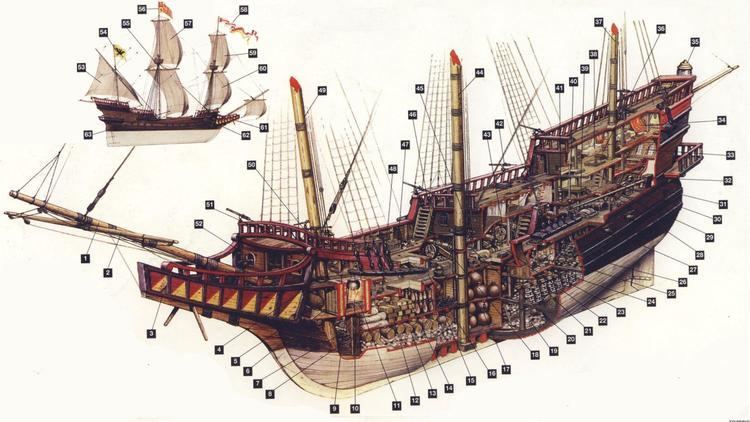
Bartolomé García de Nodal, explorer of the Straits of Magellan surrounding Cape Horn at the southern tip of South America, just one of 365 people on-board the ship, was also killed when the crippled ship finally sank on 5 September 1622, thirty leagues from Havana, Cuba.
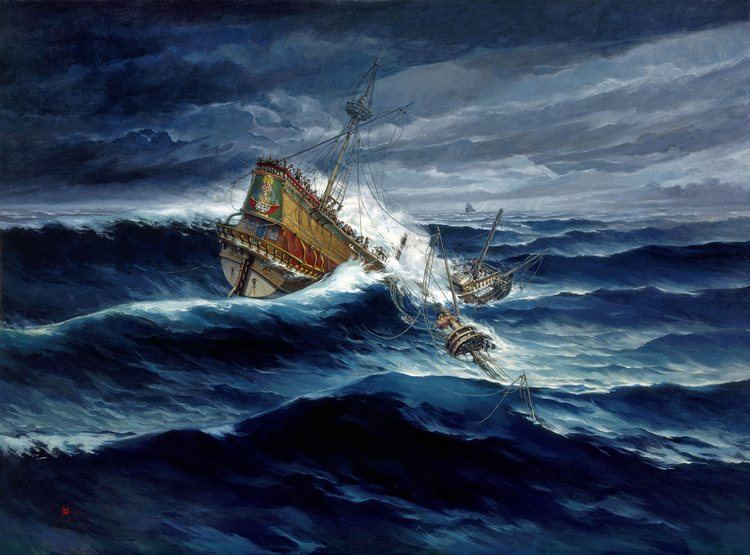
Modern recovery and legal battle
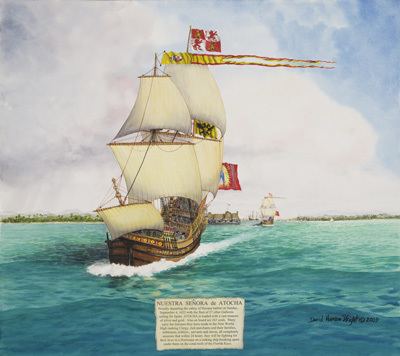
American treasure hunters Mel Fisher, Finley Ricard and a team of sub-contractors, funded by investors and others in a joint venture, searched the sea bed for the Atocha for sixteen and a half years. Fisher had earlier, in 1980, recovered portions of the wrecked cargo of the sister ship Santa Margarita. He also proposed the idea to several other potential helpers, who were discouraged by the fact that this dangerous professional diving job was at minimum wage unless the ship could be found. The Atocha wreck and its mother lode of silver, gold and emeralds, was finally discovered in July 1985. It was Mel's son, Kane, who radioed the news to Treasure Salvors headquarters on the Florida coast, from the salvage boat Dauntless. It is understood by experts that the sterncastle, the part of the ship that would hold most of the gold and rare Muzo emeralds, is still missing from the shipwreck. These and other valuable items would have been stored in the Captain's cabin for safekeeping in the rear part of the Atocha.
The salvaged coins, both gold and silver, were minted primarily between 1598 and 1621, although numerous earlier dates were represented too, some of the dates extending well back into the 16th century. Many of the dates and types of the period had been either rare or unknown prior to the salvage of the wreck.
After the discovery, the State of Florida claimed title to the wreck and forced Fisher into a contract giving 25% of the found treasure to the state. Fisher fought the State of Florida, claiming the find should be his, exclusively. After eight years of litigation, the U.S. Supreme Court ruled in favour of Fisher, on 1 July 1992 and he was awarded rights to all found treasure from the vessel. Fisher died on 19 December 1998.
In June 2011, treasure divers from Mel Fisher's Treasure found an antique emerald ring believed to be from the wreck of the Spanish ship. It is said that the ring is worth an estimated $500,000. The ring was found 35 miles (56 km) from Key West, along with two silver spoons and other artifacts.
In 2014, the Atocha was added to the Guinness Book of World Records for being the most valuable shipwreck to be recovered, as it was carrying roughly 40 tonnes of gold and silver, and 70 pounds (32 kg) of emeralds.
